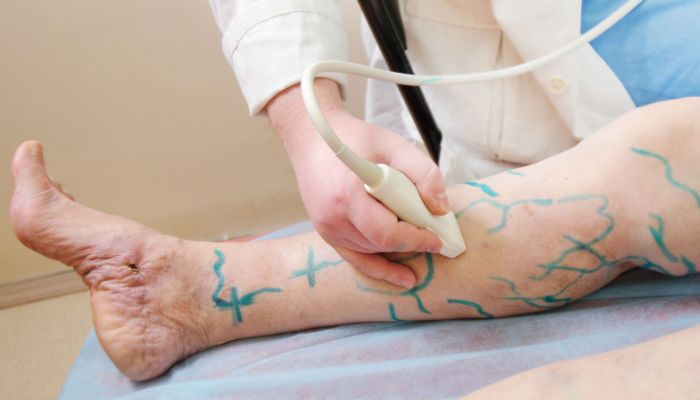Varicose veins are a common medical condition that affects millions of people worldwide, including a significant number of individuals in India. Varicose veins occur when the veins become enlarged, twisted, and swollen due to the accumulation of blood. This condition typically affects the legs, and while it is not life-threatening, it can cause discomfort, pain, and aesthetic concerns for those affected. This article provides an overview of varicose veins, including symptoms, exercises, management, and the available surgical options, along with insights into the cost of varicose vein surgeries in India.
Symptoms of Varicose Veins
The primary symptom of varicose veins is the appearance of enlarged, twisted, and bulging veins that are visible under the skin’s surface. These veins are often blue or dark purple in color and may be accompanied by various discomforting symptoms, such as:
- Pain and aching in the affected area, particularly after prolonged standing or sitting.
- Heaviness or a feeling of tiredness in the legs.
- Swelling, especially in the ankles and feet.
- Itching or a burning sensation around the affected veins.
- Muscle cramps, particularly at night.
Exercises to Relieve Varicose Vein Symptoms
While exercise cannot completely cure varicose veins, it can help alleviate some of the discomfort and prevent the condition from worsening. Here are some exercises that can be beneficial:
- Walking: Regular walking improves blood circulation in the legs and helps reduce pressure in the veins.
- Cycling: Cycling is a low-impact exercise that promotes blood flow and strengthens leg muscles.
- Leg Elevations: Lie down and raise your legs against a wall or use a cushion to elevate them above heart level. This reduces pooling of blood in the veins.
- Calf Raises: Stand on your tiptoes and then lower your heels back to the floor. Repeat this exercise several times to engage calf muscles and enhance blood circulation.
Managing Varicose Veins
In addition to exercises, several lifestyle changes and self-care practices can help manage varicose veins:
- Avoid prolonged periods of standing or sitting. Take breaks and move around regularly.
- Maintain a healthy weight to reduce pressure on the veins.
- Wear compression stockings, which help improve circulation and reduce swelling.
- Elevate your legs while resting or sleeping to promote blood flow back to the heart.
- Avoid crossing your legs while sitting, as it may restrict blood flow.
Surgical Options for Varicose Veins in India
When conservative methods fail to provide relief or if varicose veins become severe, surgical intervention may be necessary. Some common surgical treatments available in India include:
- Sclerotherapy: This procedure involves injecting a solution into the affected veins, causing them to scar and close. Blood is rerouted to healthier veins, reducing the appearance of varicose veins.
- Endovenous Laser Ablation (EVLA): In this minimally invasive procedure, a laser fiber is inserted into the affected vein, and laser energy is used to seal it shut.
- Vein Stripping: This traditional surgical procedure involves tying off and removing the affected veins through small incisions.
- Ambulatory Phlebectomy: Also known as microphlebectomy, this procedure involves removing smaller varicose veins through tiny incisions.
Cost of Varicose Vein Surgeries in India
The cost of varicose vein surgeries in India can vary depending on factors such as the type of surgery, the extent of the condition, the hospital or clinic, and the location. On average, the cost of sclerotherapy can range from INR 10,000 to INR 30,000 per session. Endovenous Laser Ablation may cost between INR 80,000 to INR 1,50,000. For more extensive surgeries like vein stripping, the cost may go up to INR 1,50,000 to INR 2,50,000.
In a nutshell, varicose veins are a common vascular condition that affects many individuals in India. While it may not be life-threatening, varicose veins can cause discomfort and negatively impact one’s quality of life. Fortunately, various non-surgical and surgical treatment options are available to manage varicose veins effectively. It is essential to consult a qualified healthcare professional to determine the most suitable treatment plan based on individual circumstances and preferences. If surgical intervention is required, India offers several cost-effective options for treating varicose veins, making it a viable destination for medical tourists seeking quality care at affordable prices.

